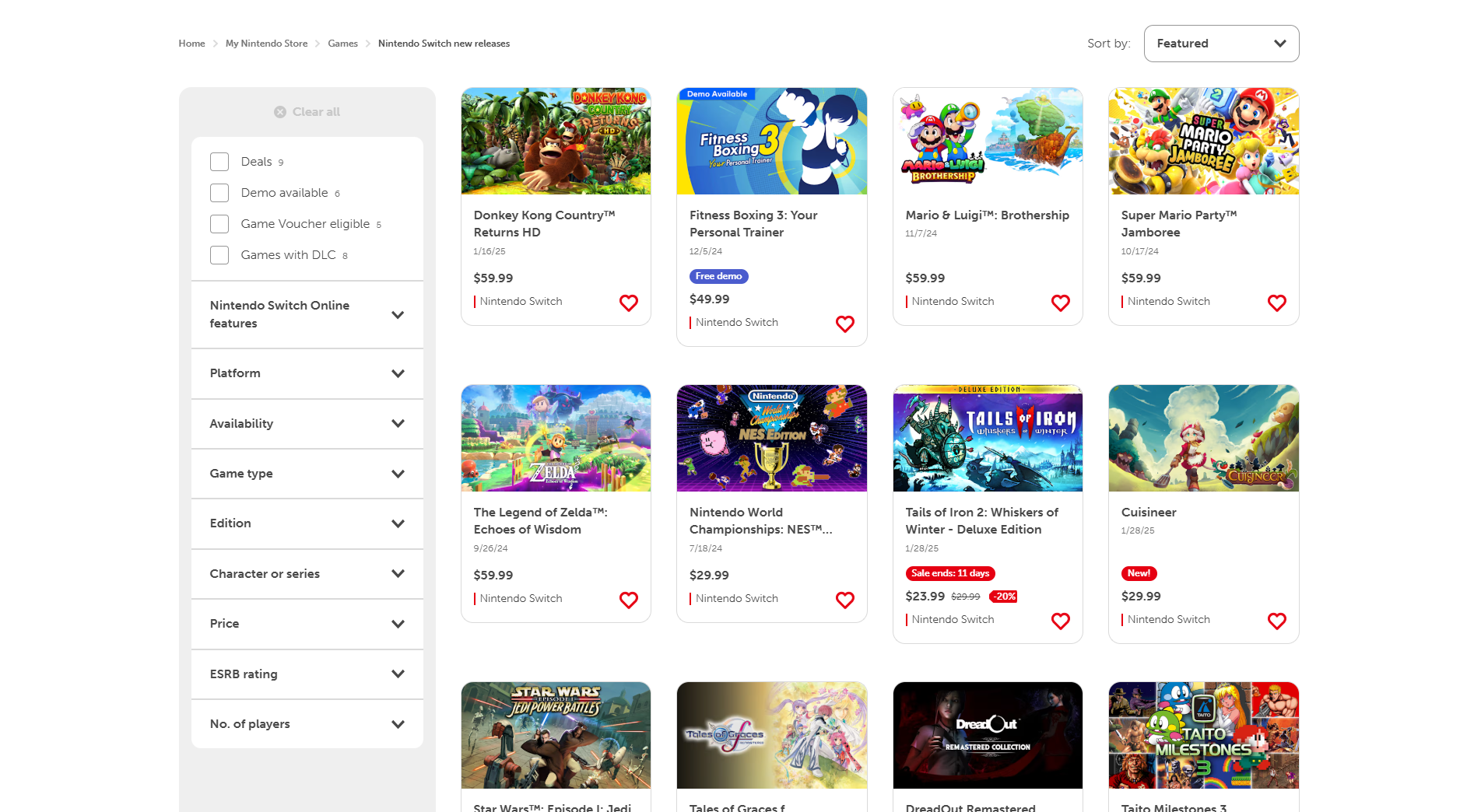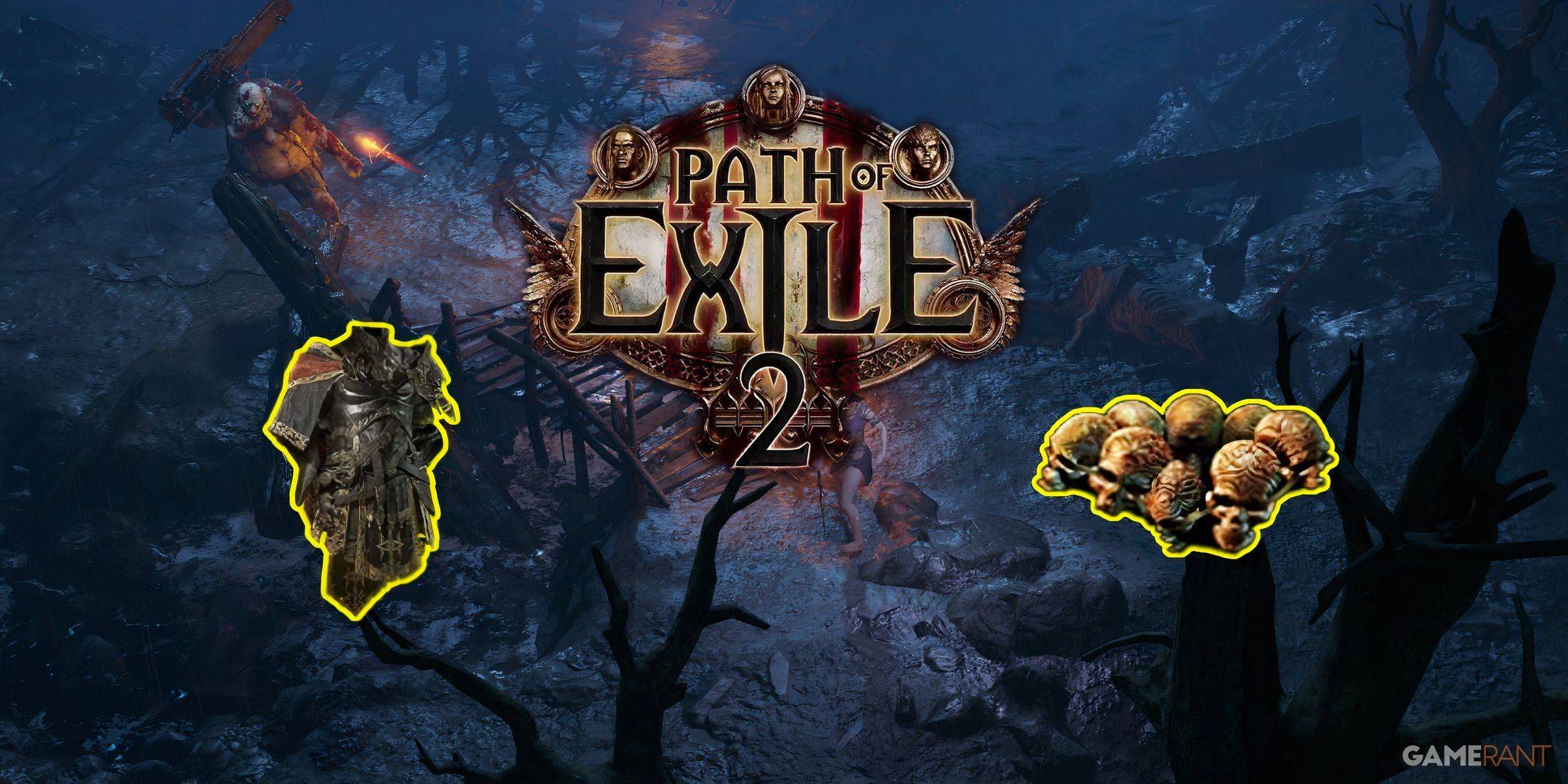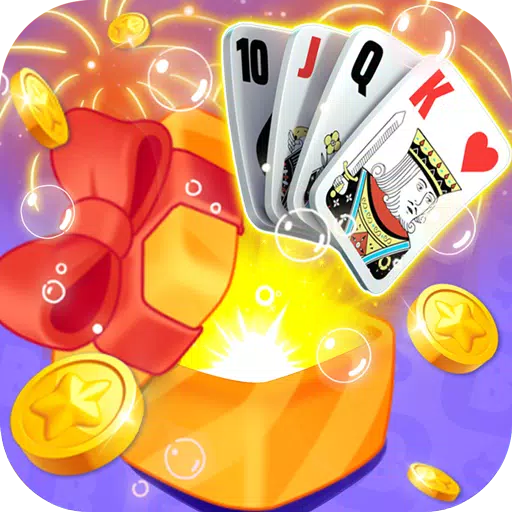In recent months, a peculiar issue has been plaguing the PlayStation Store and Nintendo eShop, which users have dubbed "slop." This phenomenon involves a surge of low-quality games that use generative AI and misleading store pages to deceive buyers into purchasing them. Both Kotaku and Aftermath have extensively covered this issue, noting how the eShop, in particular, is increasingly showcasing these deceptive games. The problem has extended to the PlayStation Store, especially evident in the "Games to wishlist" section, which is cluttered with odd-looking titles.
These "slop" games are not merely substandard; they are a deluge of similar-looking titles that are overshadowing other games on the platforms. They often mimic popular game themes or outright steal concepts and names, using flashy, AI-generated art and screenshots that misrepresent the actual gameplay. These games are typically simulation games, perpetually on sale, and suffer from poor controls, numerous technical glitches, and a lack of engaging content.
Further investigation reveals that these games are churned out by a small number of companies that are difficult to track and hold accountable. YouTube creator Dead Domain discovered that these companies often lack public websites and business information, sometimes even changing names to avoid scrutiny.
The growing frustration among users has led to calls for stricter regulation on these storefronts to curb the flood of "AI slop." This is particularly pressing given the deteriorating performance of Nintendo's eShop, which has become slower with the influx of these games.
The Magical World of Cert
To understand how these games make it onto the storefronts, I spoke with eight individuals involved in game development and publishing. They described the process of getting a game released on major platforms like Steam, Xbox, PlayStation, and Nintendo Switch. Generally, the process begins with a developer or publisher pitching their game to gain access to development portals and devkits. They then complete forms detailing the game's features and technical requirements, followed by a certification process where the platform holder checks if the game meets specific technical standards.
The certification process also ensures that games comply with legal standards and age ratings. However, it's not a quality assurance check; that responsibility lies with the developer before submission. If a game fails certification, it must be resubmitted with fixes, though platform holders often provide little concrete feedback on how to resolve issues.
Front and Center
Regarding store pages, platform holders require developers to use accurate screenshots but lack a rigorous process for verifying this. Reviews focus more on ensuring no competing imagery is used and that the language matches the storefront's region. One developer recounted an instance where Nintendo caught a discrepancy in submitted screenshots, but generally, the store team does not access game builds, and the certification team does not handle store pages.
Nintendo and Xbox review all store page changes before they go live, while PlayStation conducts a single check near launch, and Valve reviews the page initially but not thereafter. The diligence in ensuring the product matches its description varies, with developers often able to "ask for forgiveness instead of permission." Misleading screenshots typically result in a request to remove the content rather than severe penalties.
None of the console storefronts have rules against using generative AI, though Steam requires developers to disclose its use without limiting it.
Eshop to eslop
The reason behind the flood of misrepresented games on Sony and Nintendo's platforms, compared to Xbox and Steam, lies in their vetting processes. Nintendo, Sony, and Valve approve developers or publishers, allowing them to release multiple games once approved, whereas Xbox reviews each game individually, reducing the "slop" problem. Xbox's hands-on approach and high standards for store pages and game builds contribute to fewer problematic games on their platform.
On Nintendo and PlayStation, the developer-centric approval process enables a few companies to flood the stores with low-quality games. Some developers exploit tactics like releasing bundles to stay at the top of sales and new releases, pushing out genuine games.
While generative AI is a concern, the core issue seems to be discoverability and the lack of stringent content checks. Xbox mitigates this by curating its store pages, making it harder for users to encounter these games. PlayStation's "Games to Wishlist" section, sorted by release date, inadvertently promotes such titles. Steam, despite having the most potential "slop," benefits from robust discovery tools and a constantly refreshing new releases section. Nintendo's approach of simply listing all new releases without sorting exacerbates the problem.
All Games Allowed
Users have pleaded with Nintendo and Sony to address this issue, but neither company responded to requests for comment. Developers and publishers are skeptical about improvements, especially with Nintendo's history of minimal progress in enhancing its storefront experience. However, Sony has previously taken action against similar issues, suggesting a potential for future intervention.
Efforts to filter out "slop" have faced challenges, as seen with Nintendo Life's "Better eshop" initiative, which wrongly categorized some games. This highlights the difficulty in implementing effective filters without harming legitimate indie games.
Developers express concern that aggressive regulation could inadvertently target quality software. They emphasize that while platform holders aim to balance allowing bad games and preventing cynical cash grabs, the task is challenging and requires nuanced judgment.










